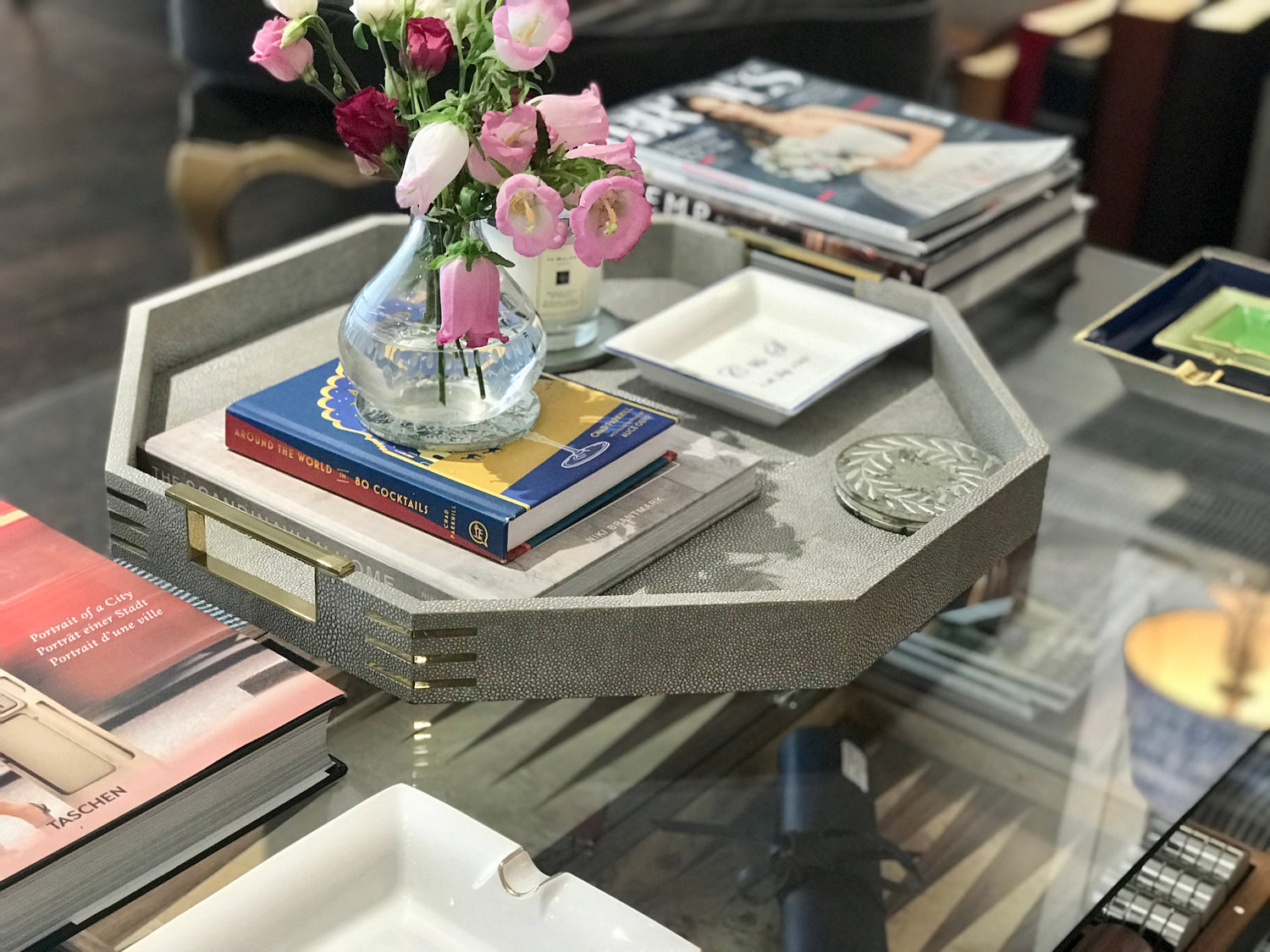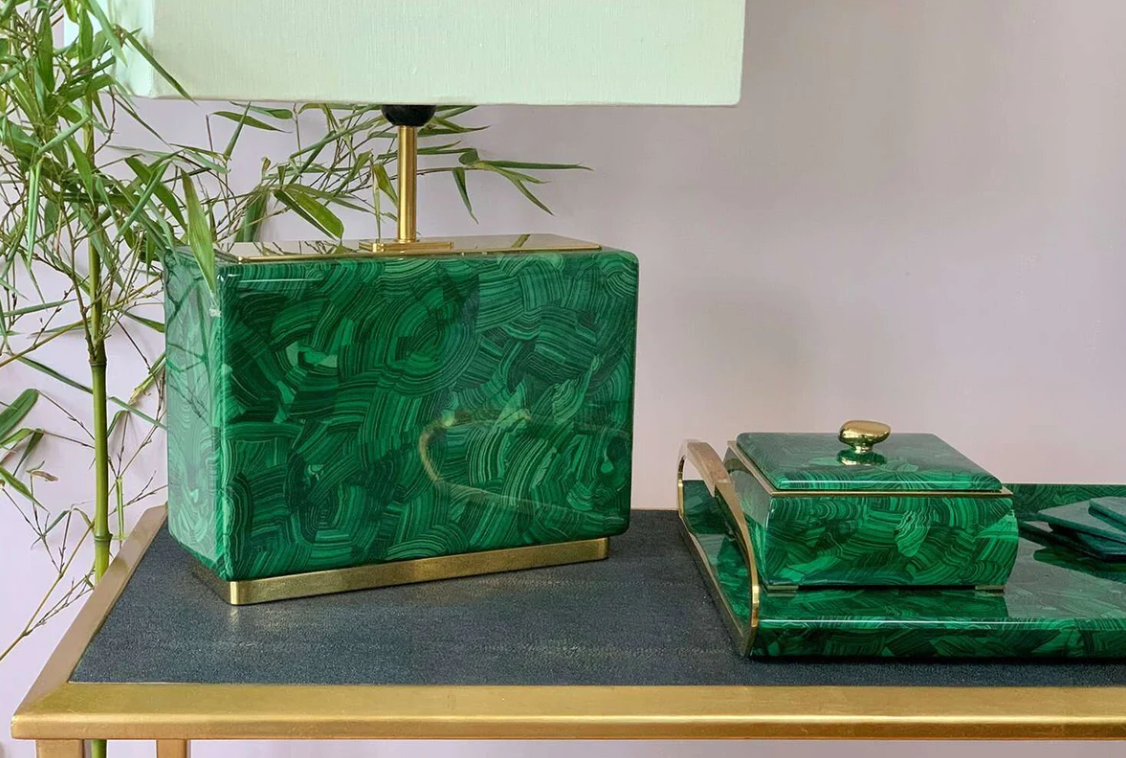
Earthy Spring Ceramics

Here comes the sun


Little things to make life comfortable

Our Curated Gift Edits
Choose the perfect gift for a birthday, wedding or other special occasion.
-
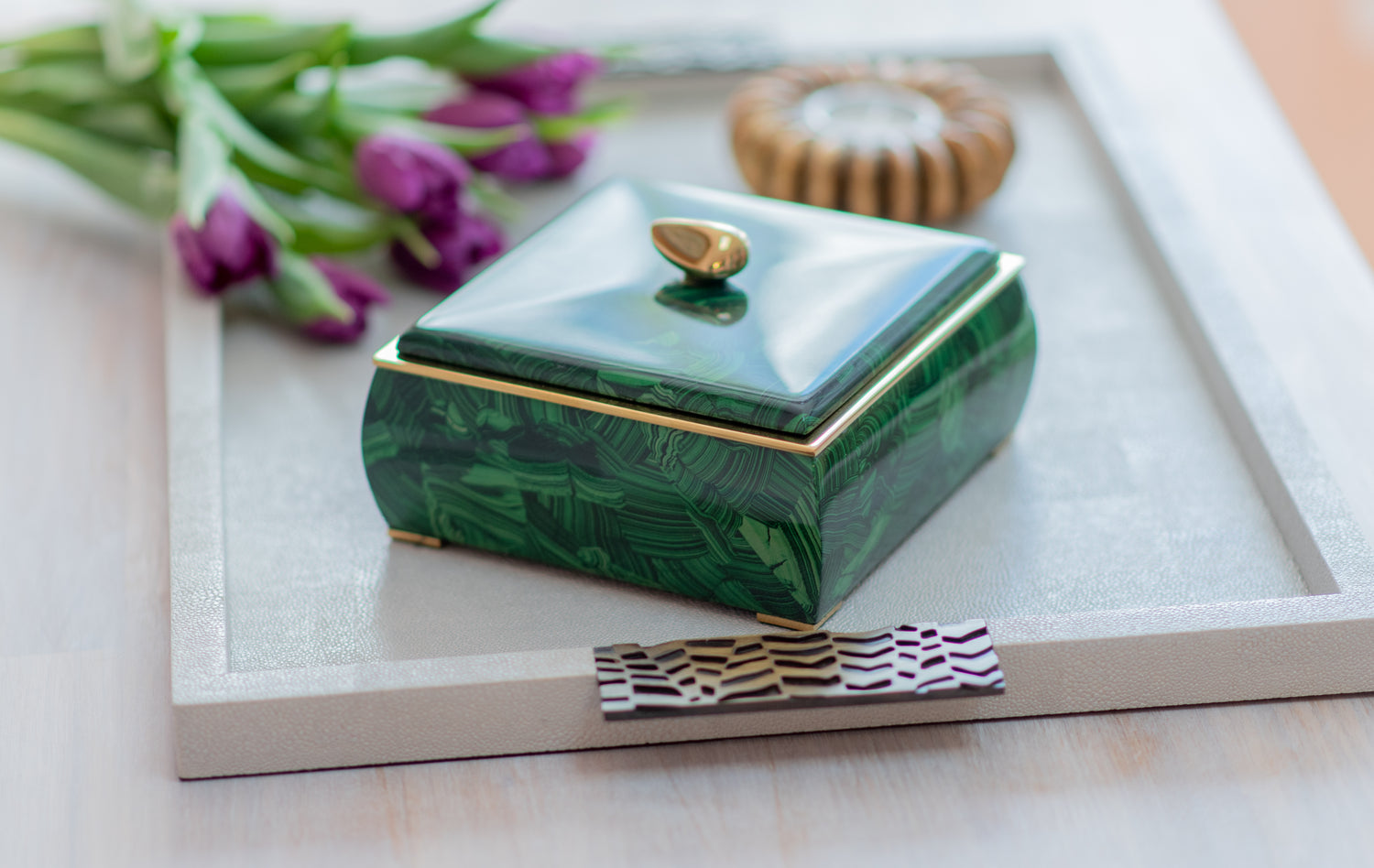
Gifts for Her
We've selected beautiful treasure boxes, classic shagreen photo frames and elegant dressing table mirrors...
-

Gifts under £150
From photo frames to tableware and desk accessories including letter racks, pen pots and...
-
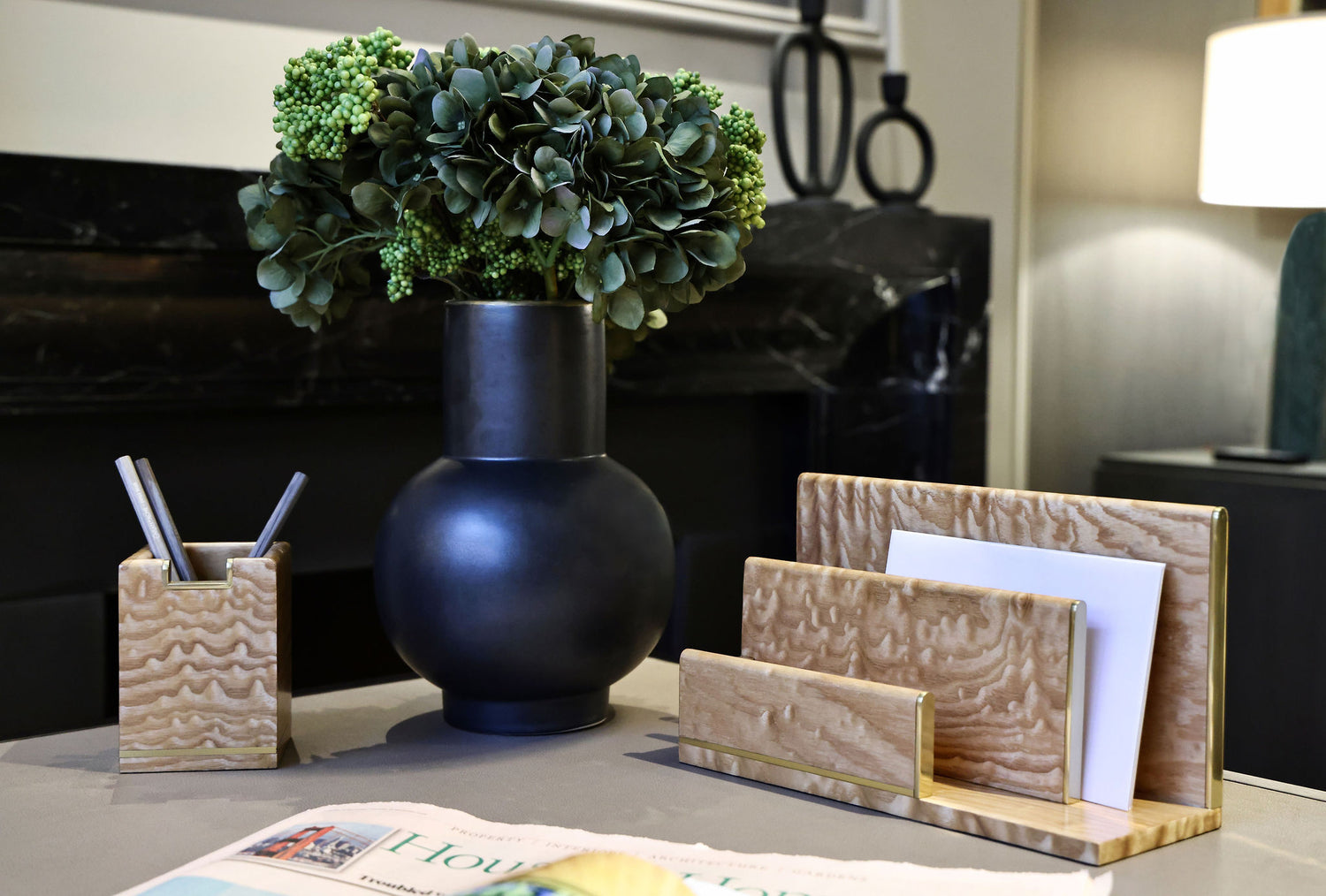
Gifts for Him
Our curated collection of Gifts for Men will delight the discerning man who...
-
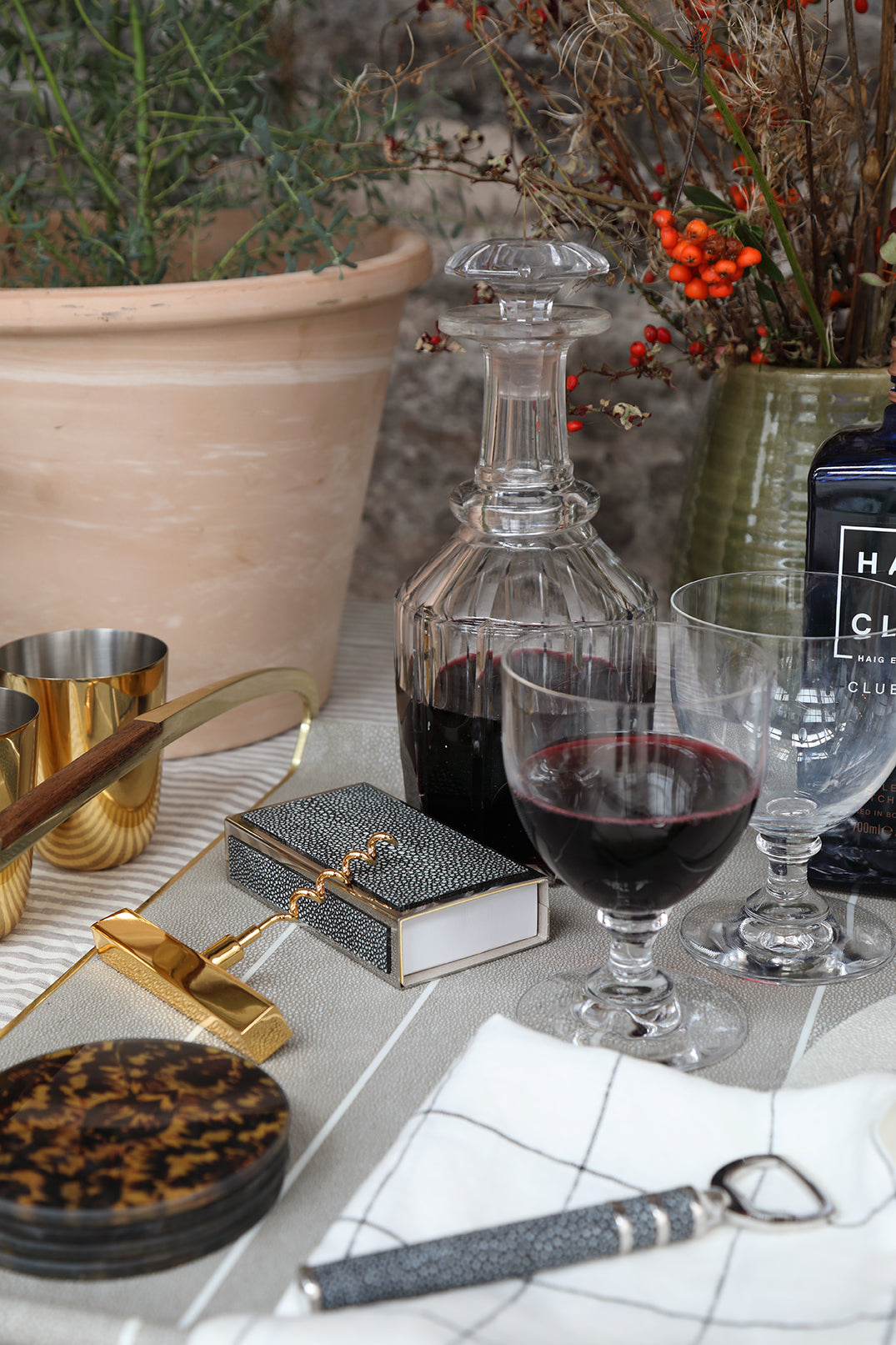
Wedding Gifts
Choose from our stylish collection of tableware, games and bar accessories for thoughtful wedding...
-
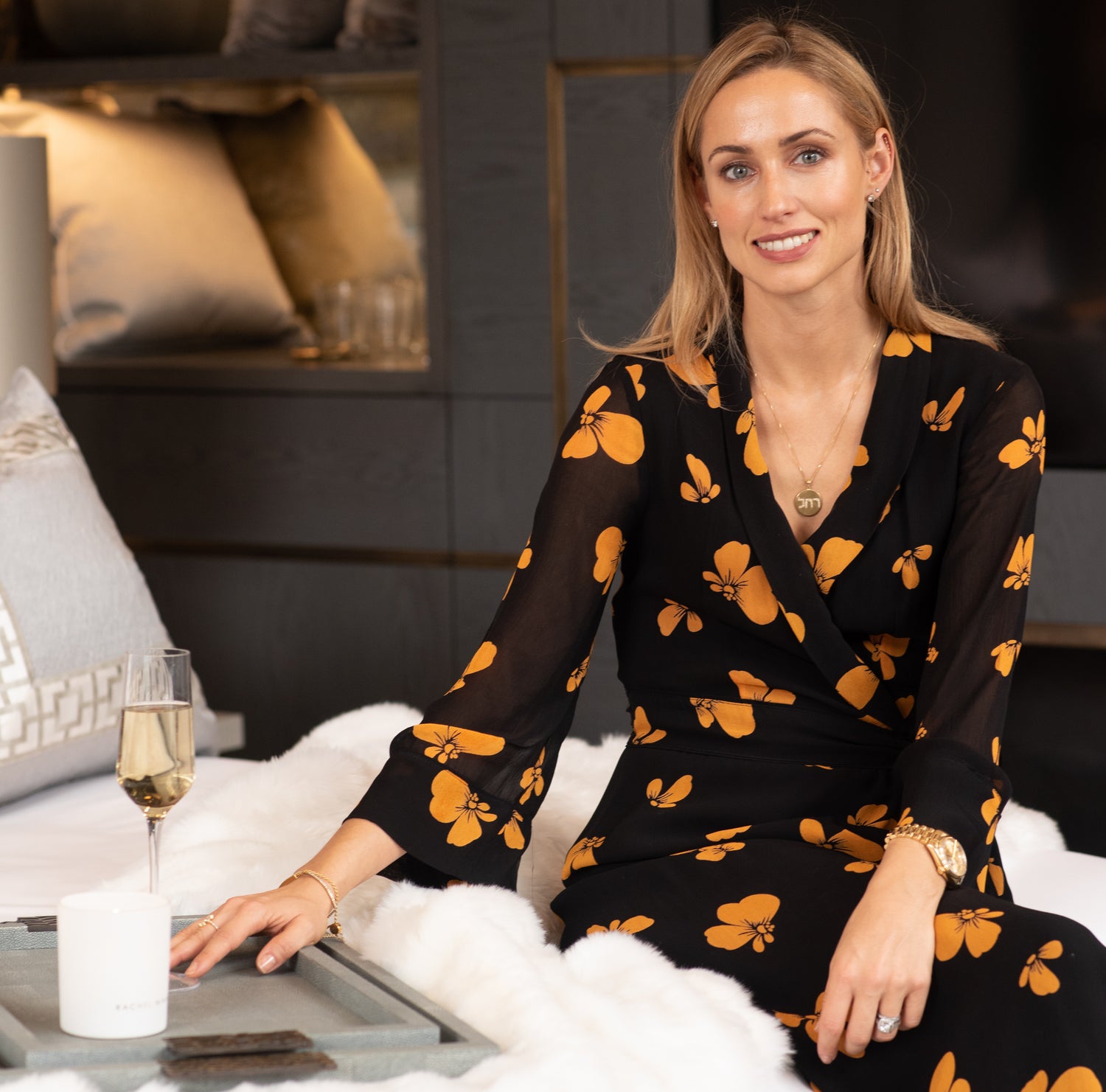
Rachel Winham
As avid creators in the interior design space, some collaborations flow with...
-
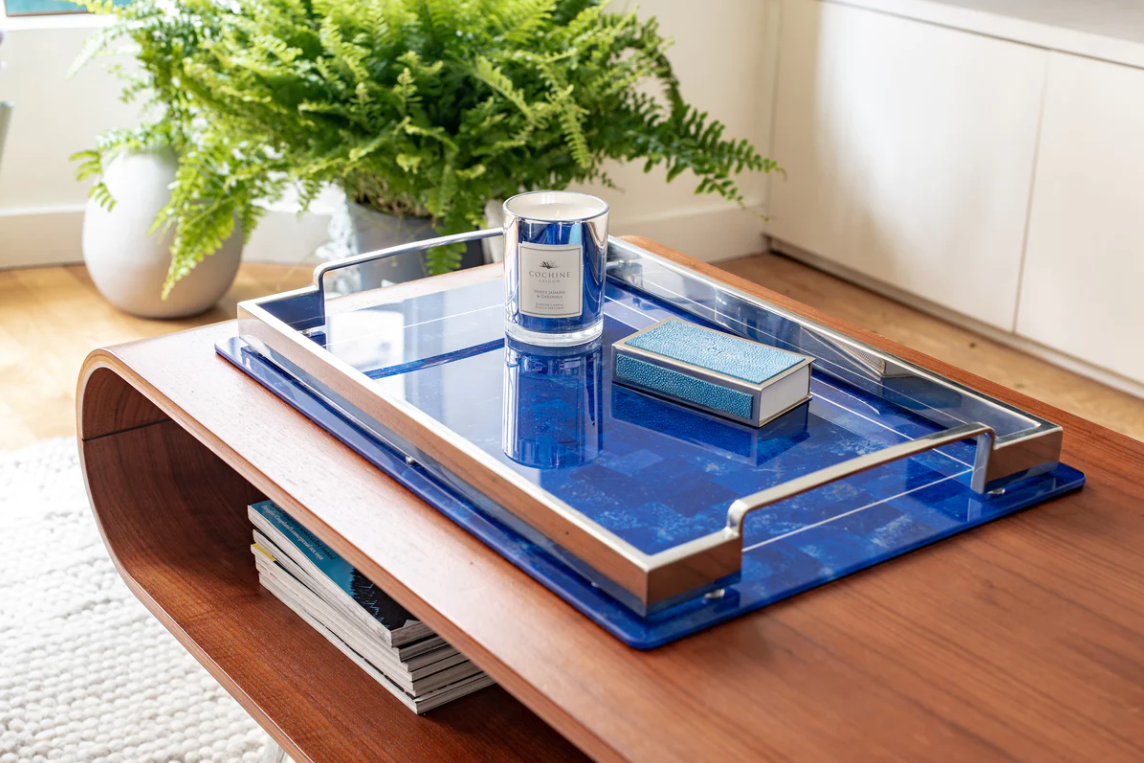
Lapis Lazuli
Lapis is a deep blue metamorphic rock used as a semi-precious stone....
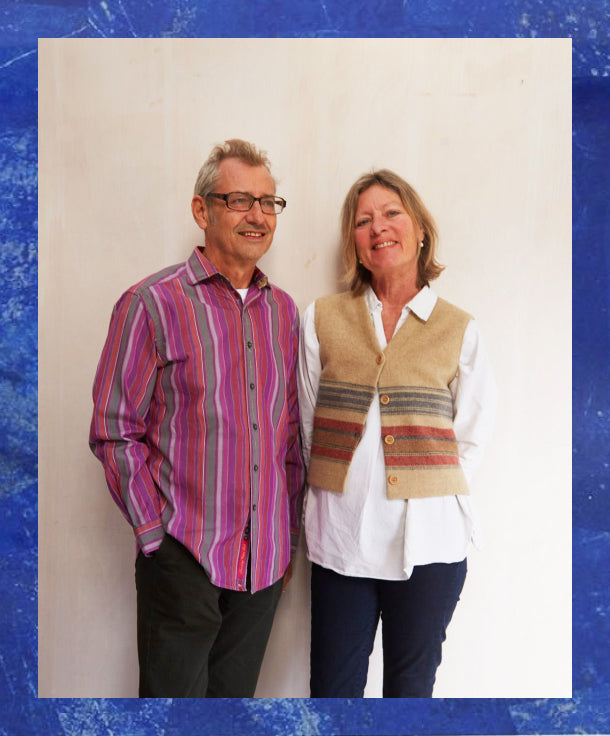
Meet Henry & Lesa
Discover the dynamic duo behind the brand. Henry and Lesa Forwood founded Forwood Design in 2013 from their home in Suffolk...
Be Inspired
View all-
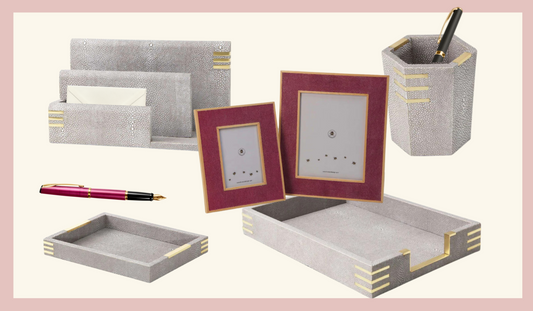
Shop the Look: Rebecca Welton's Home Office
As big fans of the football comedy Ted Lasso, we were delighted to spy some of our very own desk accessories in Rebecca Welton's home office. AFC Richmond owner Rebecca,...
Shop the Look: Rebecca Welton's Home Office
As big fans of the football comedy Ted Lasso, we were delighted to spy some of our very own desk accessories in Rebecca Welton's home office. AFC Richmond owner Rebecca,...
-

Autumn Lookbook: Our Picks for the New Season
Autumn represents the changing of the seasons, and as the days get cooler, we’re looking forward to cosy nights next to a roaring fire. As we spend more time indoors,...
Autumn Lookbook: Our Picks for the New Season
Autumn represents the changing of the seasons, and as the days get cooler, we’re looking forward to cosy nights next to a roaring fire. As we spend more time indoors,...
-
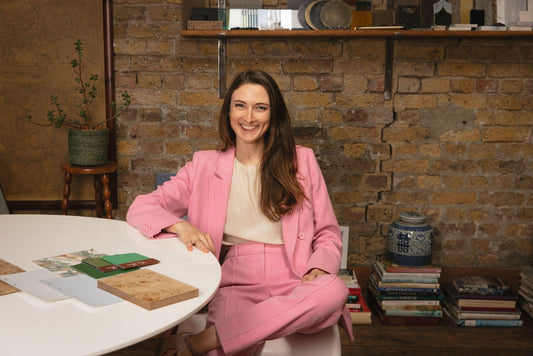
#DesignItForwood: Pandora Taylor
Known for her playful yet sophisticated style, Pandora Taylor set up her interior design studio in 2018. The studio designs all aspects of a project, from interior architecture to furniture...
#DesignItForwood: Pandora Taylor
Known for her playful yet sophisticated style, Pandora Taylor set up her interior design studio in 2018. The studio designs all aspects of a project, from interior architecture to furniture...
Stay in the know!
Check out more on our instagram @forwooddesignuk






